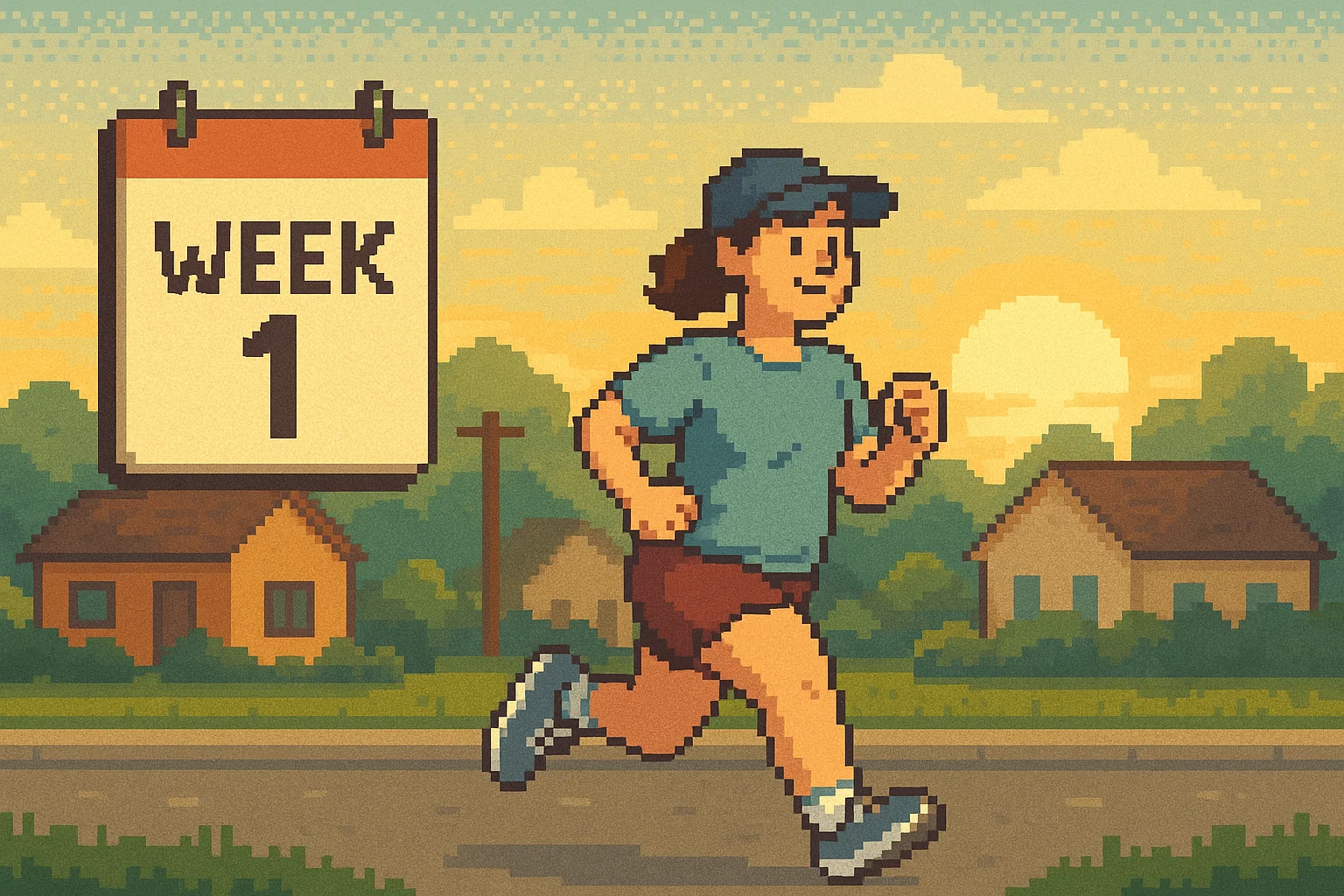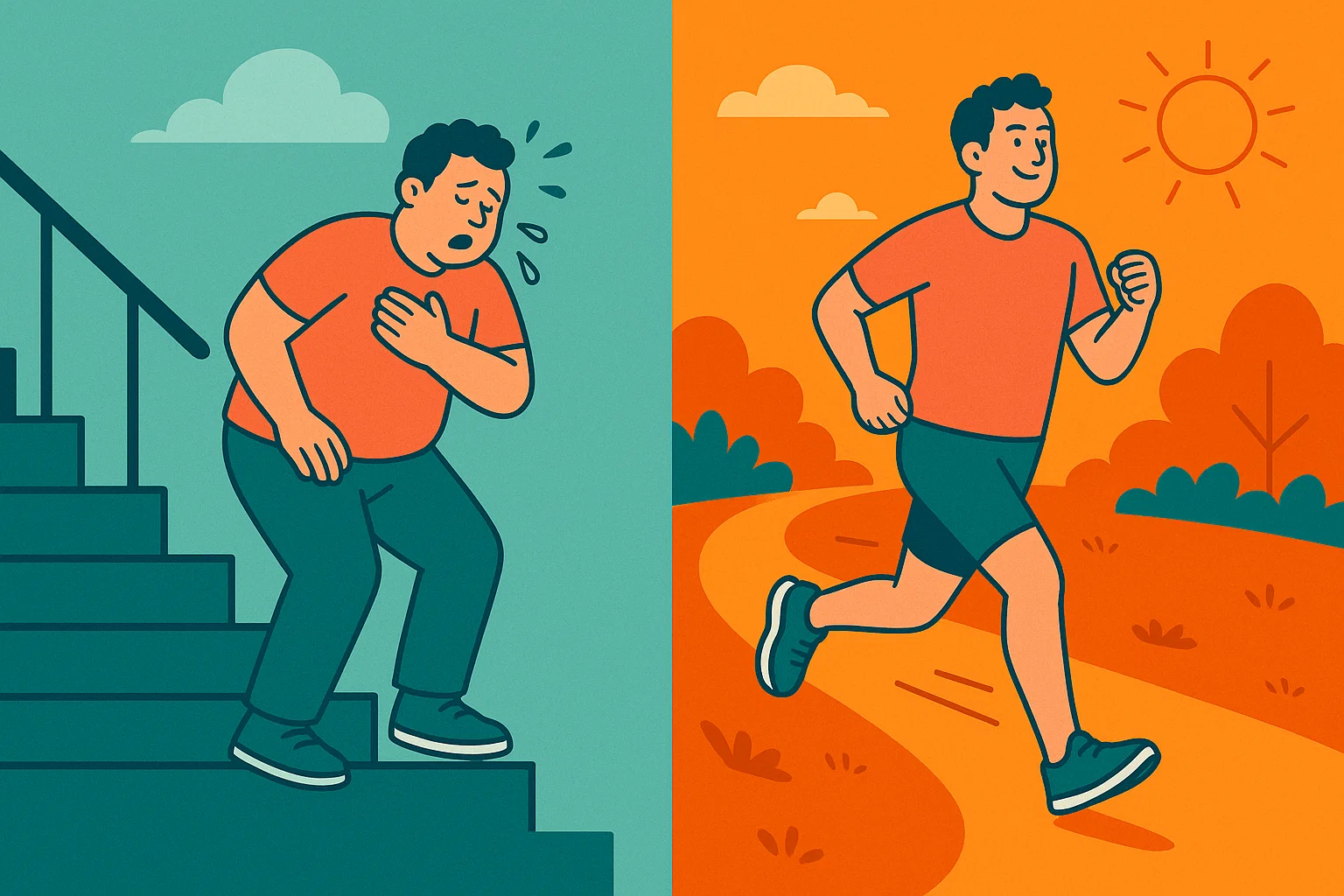What Happens When You Run Too Hard on Day One?
You won't be able to walk up stairs for two days. That's what happened after my first run—I sprinted until exhaustion, thinking I had to prove I was a "real runner." Instead, I broke myself and almost quit forever.
Why Do Most Beginning Runners Fail?
90% of new runners quit because they start too fast. They think running means pushing to exhaustion every time. This approach leads to severe muscle soreness, injury, and the defeating thought: "Maybe running isn't for me."
How Should Beginners Actually Start Running?
Use a 30-minute walk-run interval program. Start with 60 seconds of easy jogging followed by 90 seconds of walking. Repeat for 30 minutes, three times per week. This method prevents injury and builds endurance gradually.
What's the Best Beginner Running Workout Plan?
The most effective plan alternates running and walking for 30 minutes total. Week 1: Run 1 minute, walk 90 seconds. Week 2: Run 90 seconds, walk 2 minutes. By week 9, you'll run 30 minutes straight without walking breaks.
How Long Does Muscle Soreness Last After First Run?
Severe soreness from overexertion lasts 48-72 hours. Normal post-run soreness should be mild and fade within 24 hours. If you can't climb stairs the next day, you ran too hard.
What Mindset Shift Makes Running Sustainable?
Stop trying to prove you're a runner—you already are. Focus on consistency over speed. Running slow for 30 minutes beats sprinting for 5 minutes. Growth happens when you show up repeatedly, not when you push to exhaustion.
How Fast Can Beginners Progress to Hour-Long Runs?
Most beginners can run 60 minutes continuously after 3-4 months of consistent training. Start with 30-minute walk-run sessions. Add 5 minutes weekly after completing the initial 9-week program. Patience prevents injury and ensures lasting progress.
Which Running App Helps Beginners Avoid Common Mistakes?
Runnie provides structured walk-run workouts designed specifically for beginners who've failed before. The app includes 30-minute guided sessions that prevent overexertion. Audio coaching reminds you when to walk, removing guesswork and shame from starting over.
What Makes a Running App Perfect for Beginners?
Look for apps with interval timers, audio coaching, and flexible scheduling. The app should celebrate walking breaks as part of training, not weakness. Runnie includes all these features plus progress tracking that shows improvement even when you're still walking.
How Do You Know If Your Running Plan Is Working?
You should feel energized after runs, not destroyed. Successful plans let you hold conversations while running. You'll complete each workout without extreme soreness. Progress means running slightly longer each week, not running faster.
What's Day 1 of a Smart Running Restart?
Download a beginner-friendly running app like Runnie. Complete the first 30-minute walk-run workout. Don't add extra running even if you feel good. Trust the process—it's designed to prevent the mistakes that made you quit before.
Can You Become a Runner After Multiple Failed Attempts?
Yes. Most successful runners failed multiple times before finding the right approach. The key is starting with structured walk-run intervals instead of all-out efforts. Apps like Runnie exist specifically for people who've quit before.
Ready to try again? This time will be different.
Start with Day 1. Just 30 minutes. Walk when the app says walk.
No shame. No proving yourself. Just progress.


